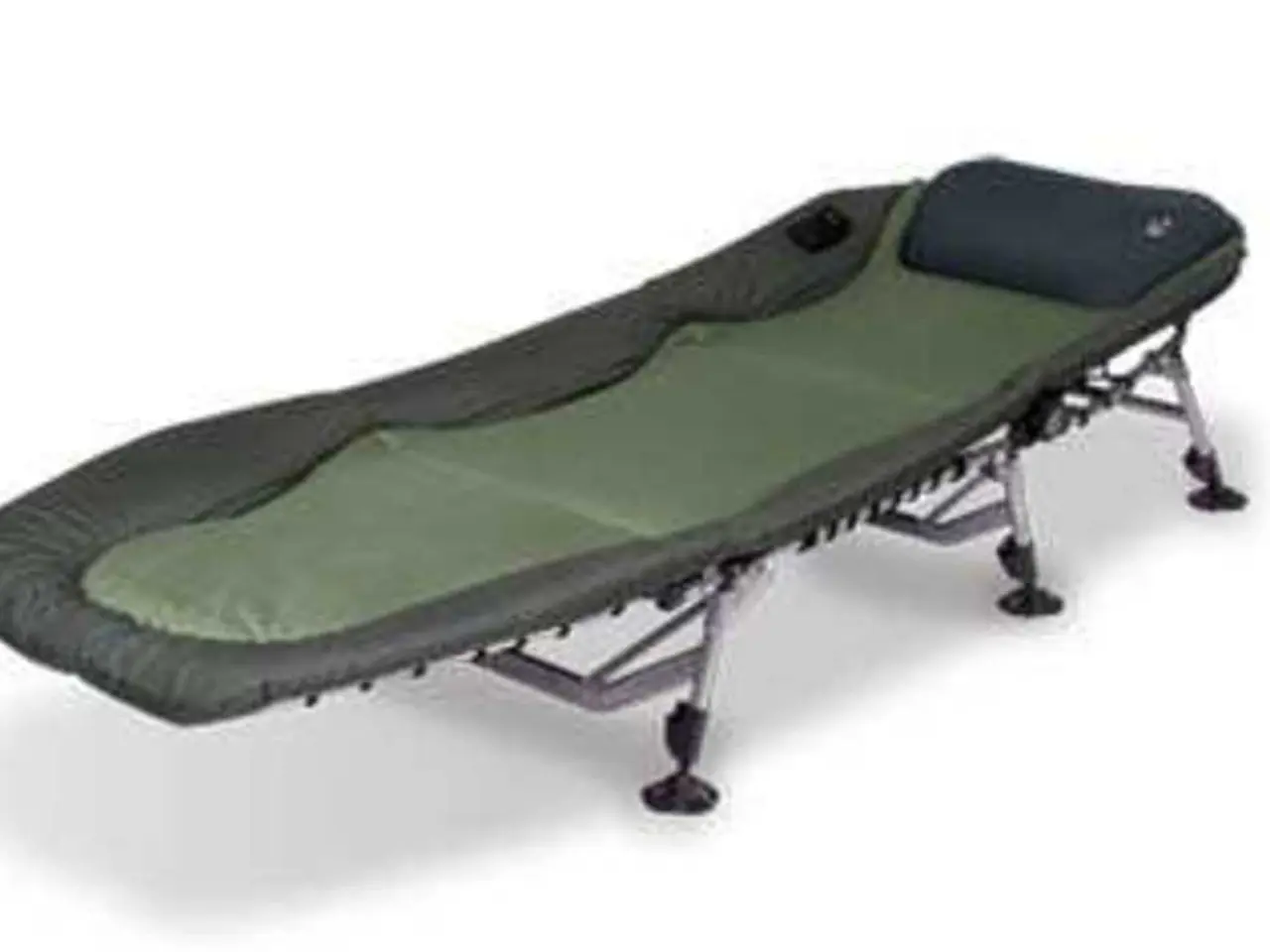Nerve Gliding Exercises: Understanding Their Function and Demonstrations
For those suffering from sciatica or piriformis syndrome, finding relief can be a challenging task. However, a series of simple and easy-to-do nerve flossing exercises can provide significant relief at home. These exercises aim to gently mobilize the sciatic nerve and surrounding tissues, reducing irritation, improving nerve glide, and alleviating pain without causing further nerve strain.
### Key Nerve Flossing Exercises for Sciatica and Piriformis Syndrome
#### 1. Seated Nerve Floss
Sit upright in a chair with knees hip-width apart and feet flat on the floor. Extend one leg straight in front of you, flex the foot upward (toes toward the shin), then tilt your head forward to bring your chin to your chest, followed by tilting your head backward. Repeat this gentle gliding movement 5-10 times on each leg. This exercise helps glide the sciatic nerve along its path with minimal tension and can be done several times daily.
#### 2. Lying Nerve Glide (Piriformis Mobilizing Stretch)
Lie flat on your back with legs extended. Bend one knee and hold both the knee and foot, then gently pull the bent leg across the body toward the opposite shoulder. Hold briefly, then return to starting position. Repeat 5 times, then switch legs. This stretch targets the piriformis muscle and sciatic nerve to relieve compression and improve flexibility.
#### 3. Standing Sciatic Nerve Floss
Stand upright near a sturdy surface for support if needed. Extend one leg forward and rest the heel on a low surface. Slowly bend forward at the hips while keeping the back straight until you feel a gentle stretch along the back of the leg. Slowly nod your head up and down to gently move the nerve. Repeat slowly 5-10 times with controlled movements.
### Important Considerations
- Gentle and pain-free movements: These exercises should never cause sharp pain or discomfort; stop if symptoms worsen. - Gradual progression: Start with nerve gliding (gentle movement) before attempting more intense nerve tensioning exercises. - Frequency: Perform these exercises 2-3 times daily for best results. - Complementary activity: Combine nerve flossing with hip mobility, core stability exercises, and education on avoiding aggravating activities.
### When to Consult a Professional
Do not perform nerve flossing if you experience severe nerve damage or undiagnosed acute pain, as it may worsen symptoms. In such cases, seek guidance from a physical therapist, chiropractor, or medical professional experienced in nerve mobilization.
These nerve flossing exercises have been supported by research showing significant improvements in pain reduction and functional mobility for sciatica. By improving nerve mobility and reducing adhesions, you can potentially achieve meaningful relief from sciatica and piriformis syndrome at home.
Remember, these exercises should be performed gently and pain-free. If you experience any discomfort or worsening symptoms, stop the exercise immediately and consult a healthcare professional. With consistent practice, these exercises can provide significant relief and improve your quality of life.
- Ulcerative colitis, a type of inflammatory bowel disease, may require specific diets and therapies-and-treatments for management.
- Science has made significant strides in predictive analysis for conditions like diabetes, enabling better health-and-wellness management.
- Bipolar disorder often requires a combination of medication, therapy, and lifestyle changes, such as fitness-and-exercise and nutrition, for effective management.
- dry eye, a condition characterized by tear insufficiency, can be managed through various therapies and treatments, including eye drops and lifestyle modifications.
- Multiple sclerosis (MS), a degenerative disease affecting the central nervous system, requires a comprehensive approach including medical treatment, physical rehabilitation, and a healthy lifestyle.
- Age-related macular degeneration (AMD), a condition that affects the central part of the eye's retina, can be managed through diet, lifestyle changes, and medical interventions like injections and photodynamic therapy.
- Depression, often comorbid with conditions like diabetes, can be managed through a combination of medication, therapy, lifestyle changes, and support groups.
- Breast cancer screening is an important component of health-and-wellness, often involving regular mammograms and self-examinations.
- Type 2 diabetes, a chronic condition that affects how the body processes sugar, can be managed through diet, exercise, medication, and regular monitoring of blood sugar levels.
- Sclerosis, a condition characterized by hardening and scarring of body tissues, can be managed through a combination of medication, therapies, and lifestyle changes, including physical rehabilitation and exercise.




